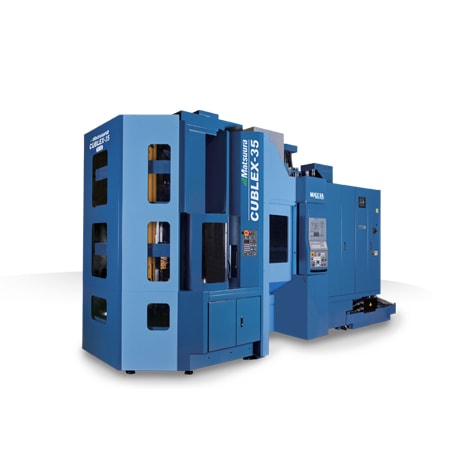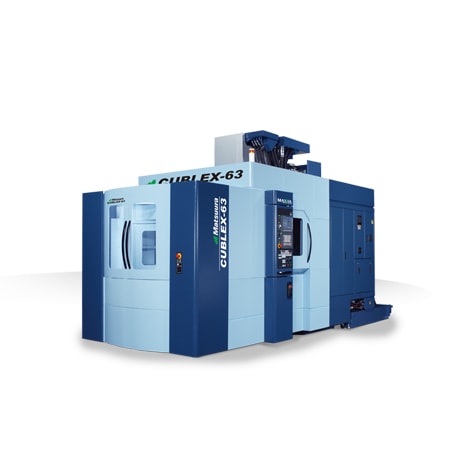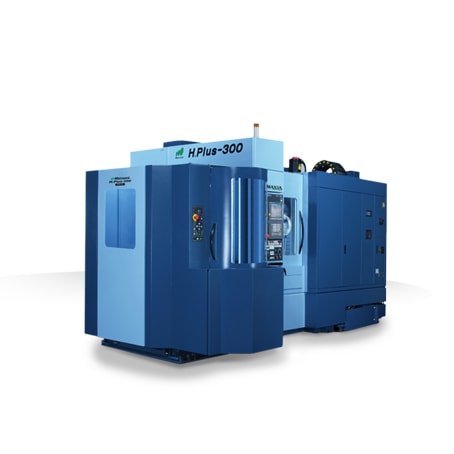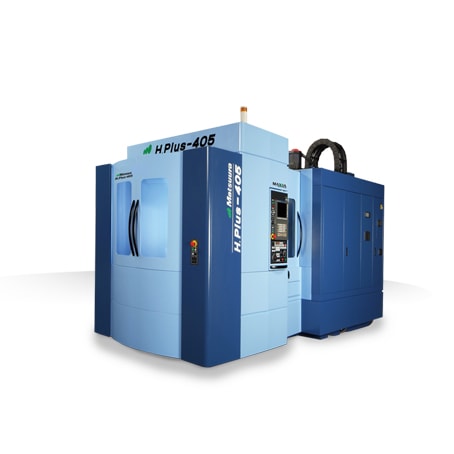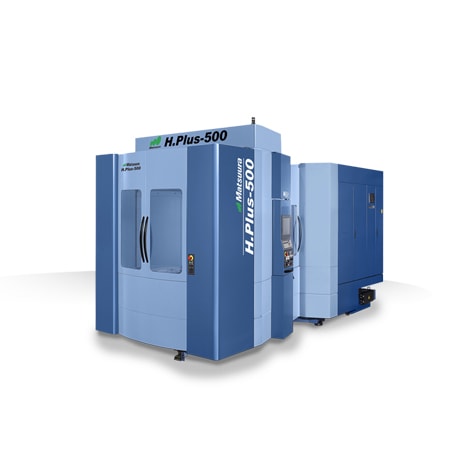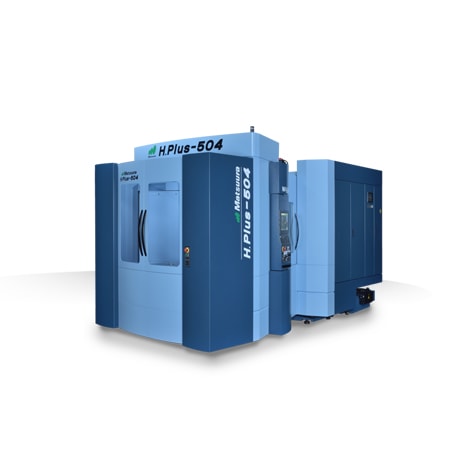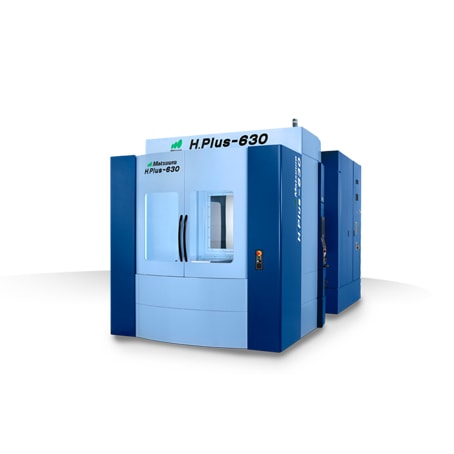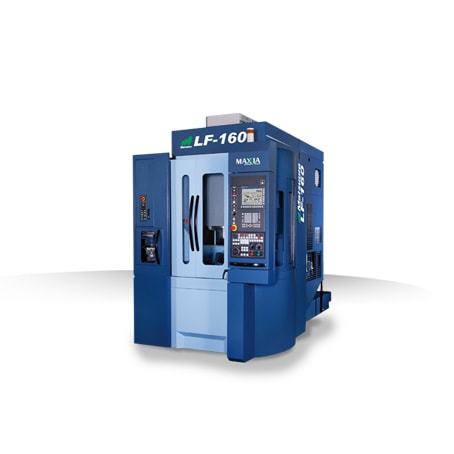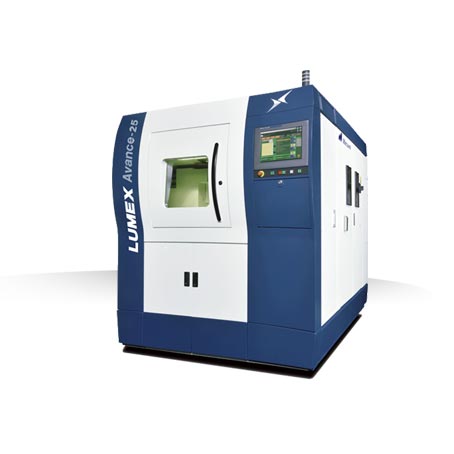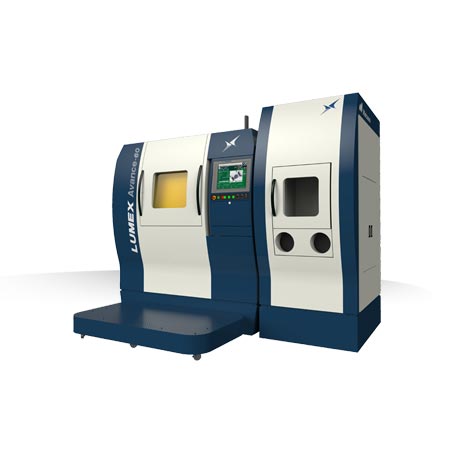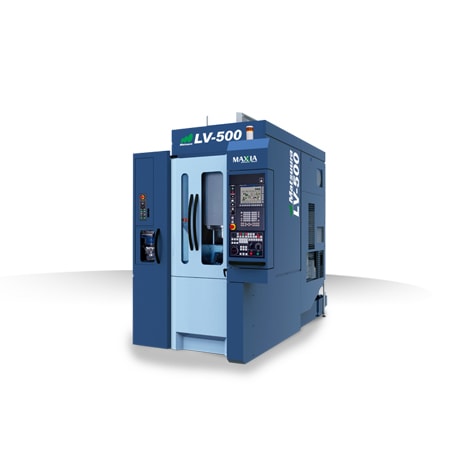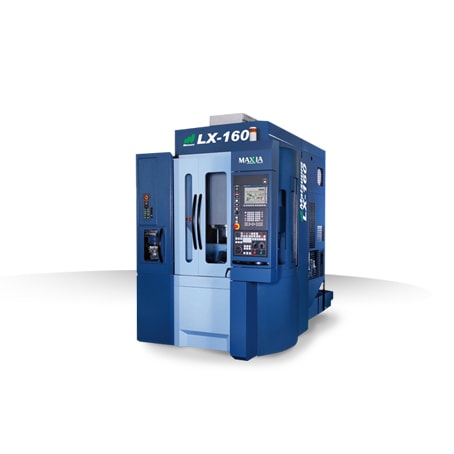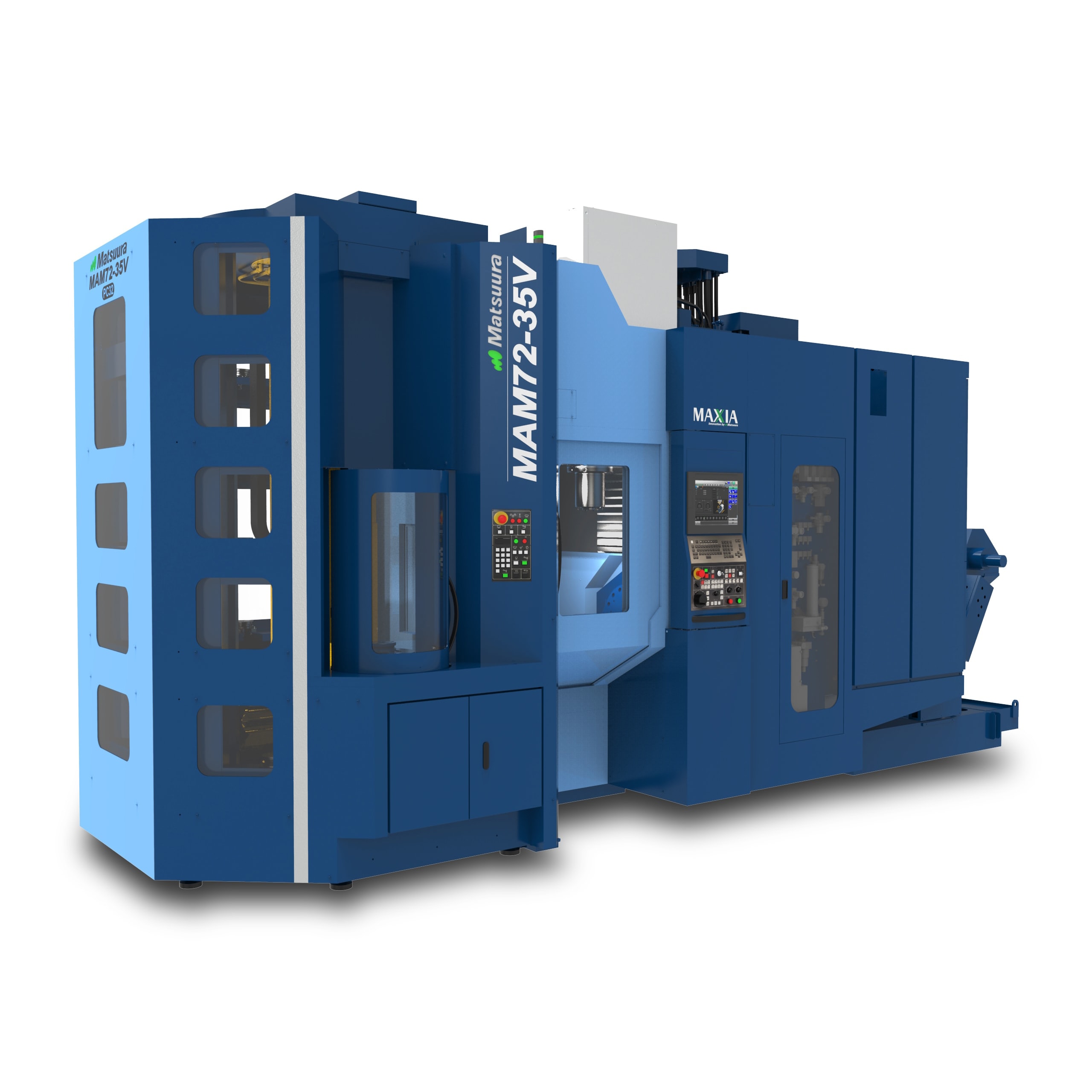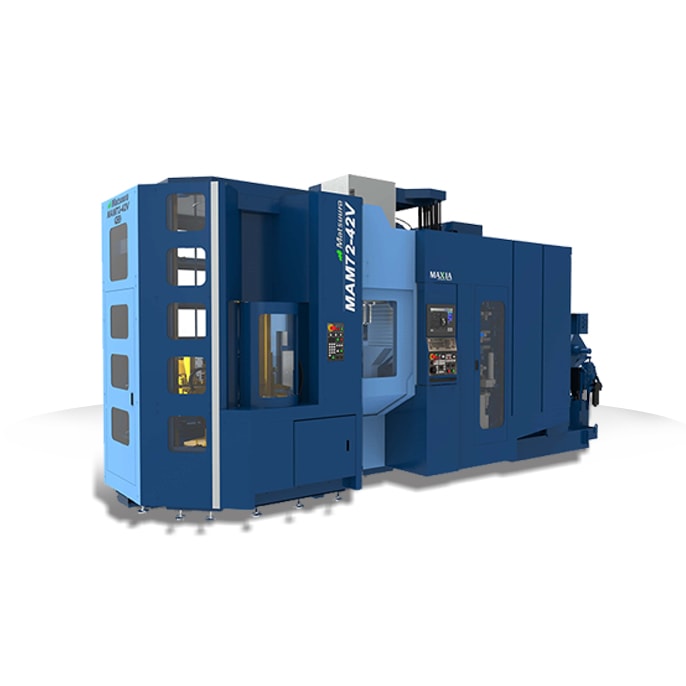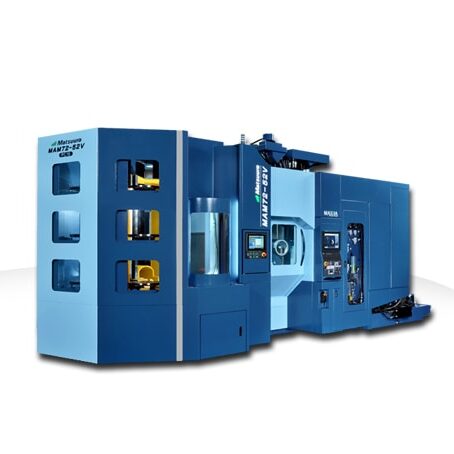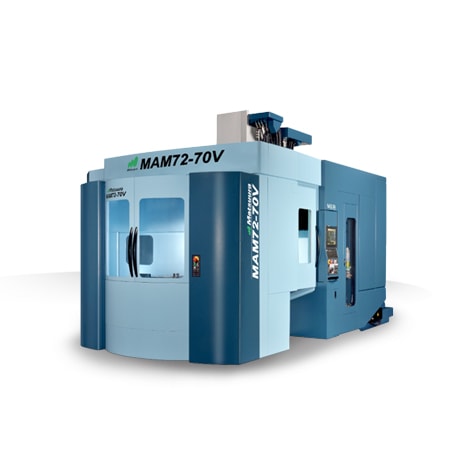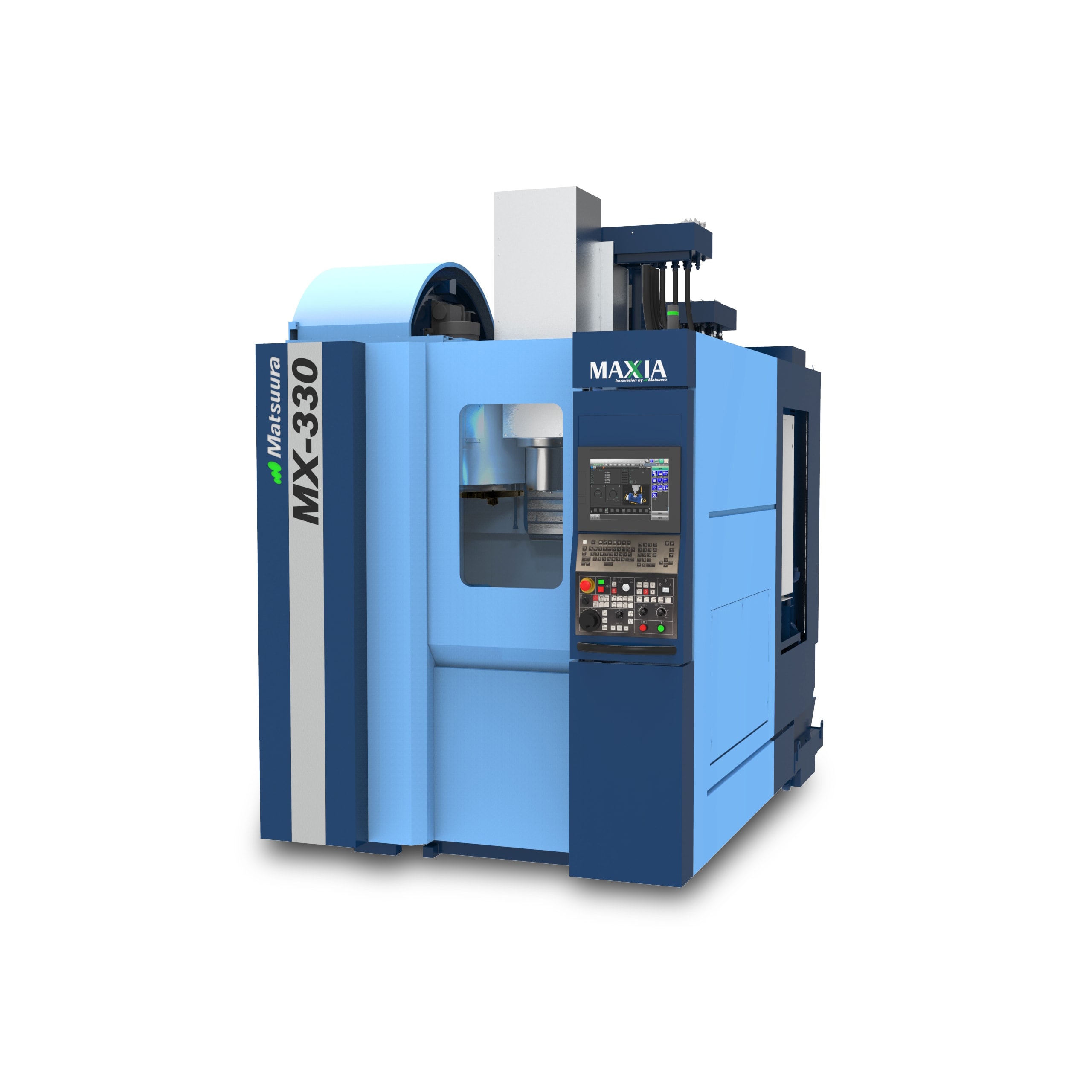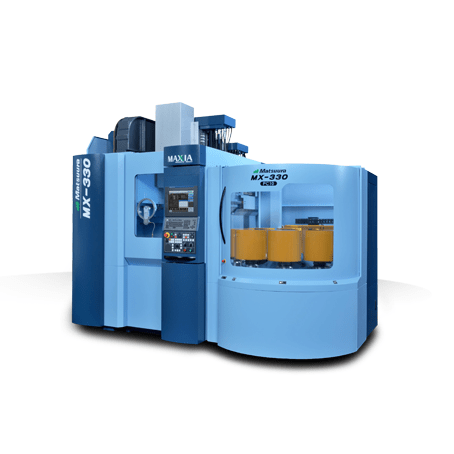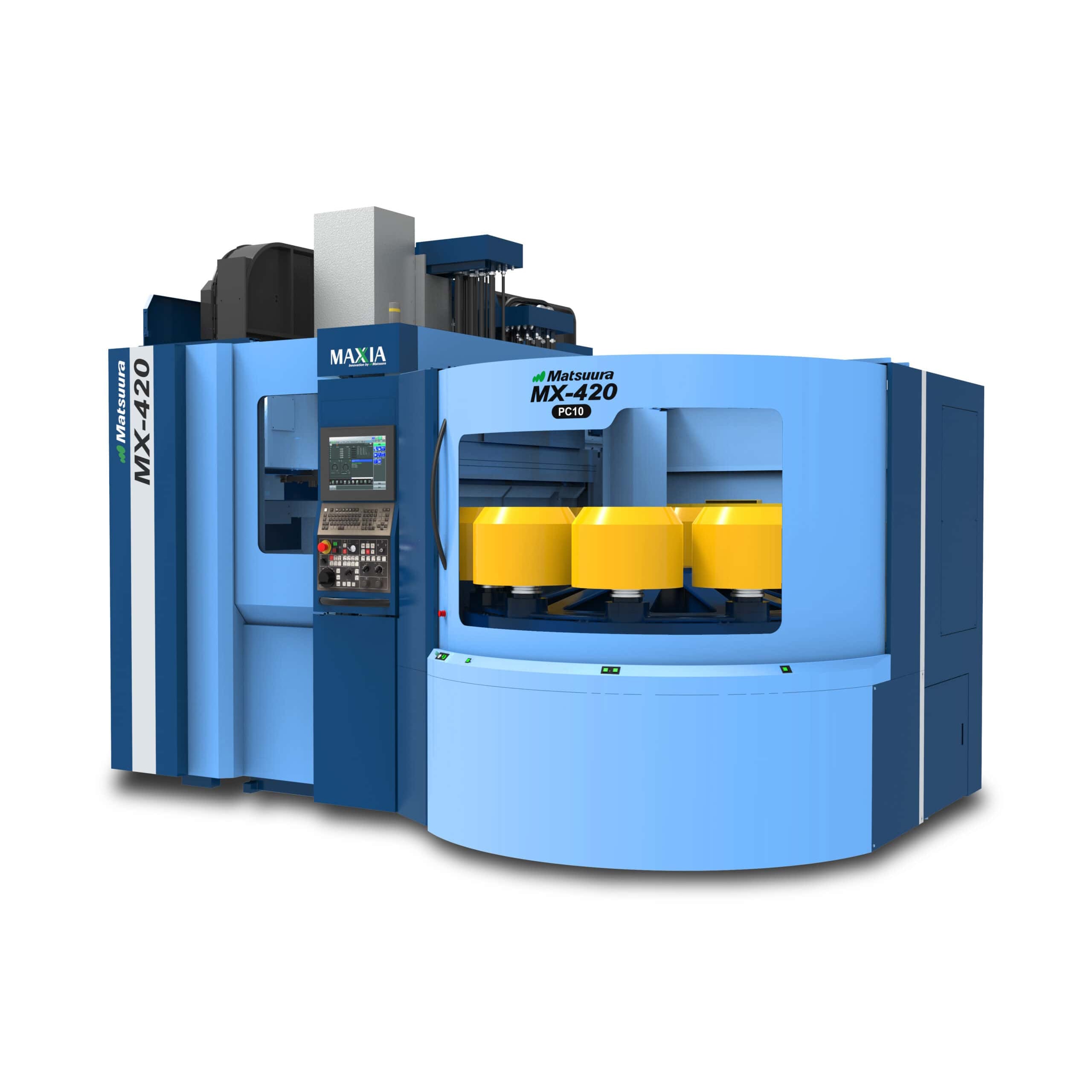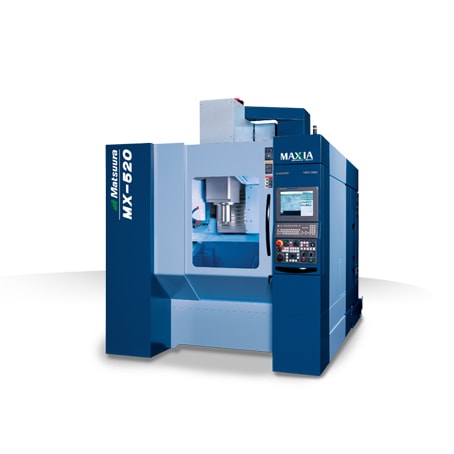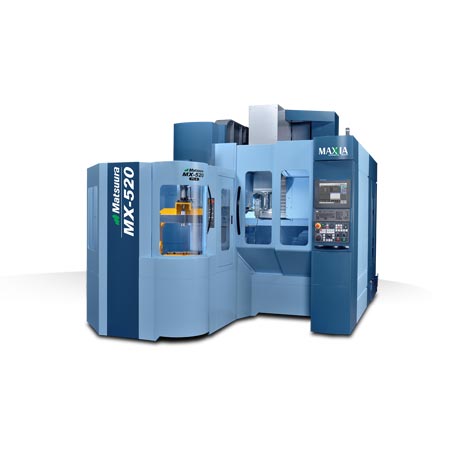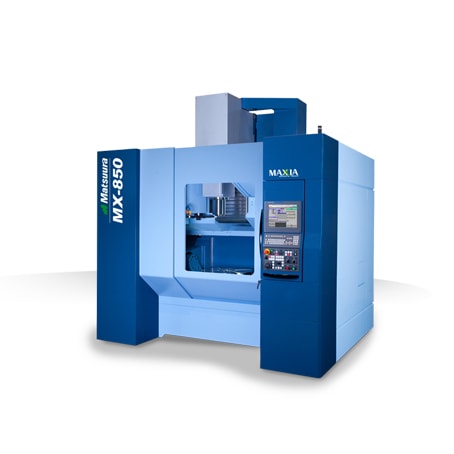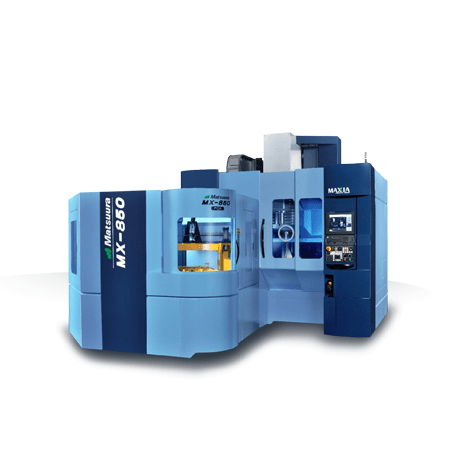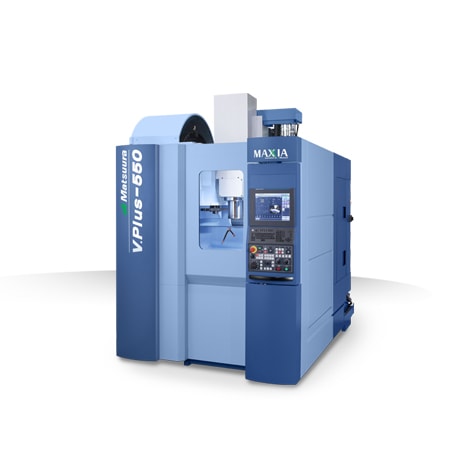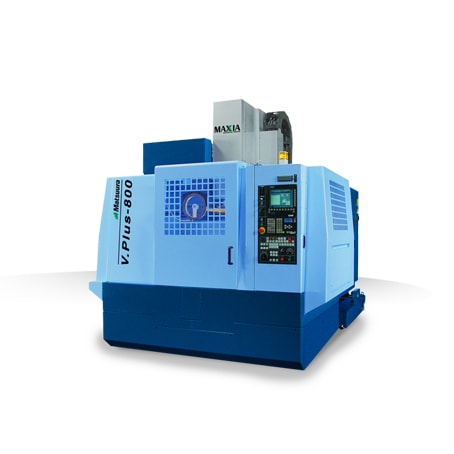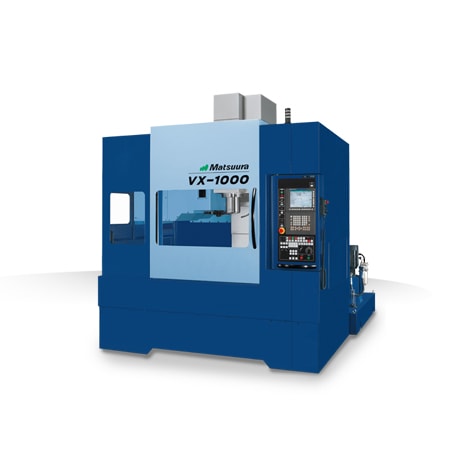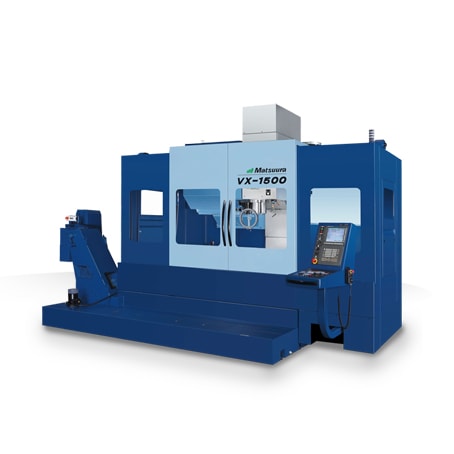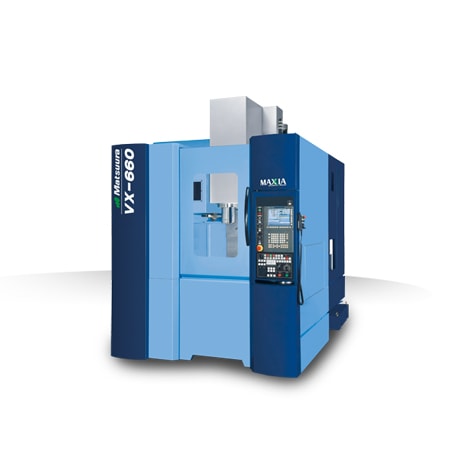 University of Nebraska–Lincoln (May 23, 2018) — A new lab space places Nebraska Engineering on the cutting edge of 3-D printing capabilities.
University of Nebraska–Lincoln (May 23, 2018) — A new lab space places Nebraska Engineering on the cutting edge of 3-D printing capabilities.
https://www.ketv.com/article/cutting-edge-3d-printers-at-the-university-of-nebraska/20767971
Transcript from video:
IMAGINE CREATING AN INTRICATE PART OF AN MILITARY AIRCRAFT NEAR A COMBAT ZONE. OR PRODUCING A HARD TO FIND PART FOR AN OLD COMBINE WITHIN DAYS. THESE NEW CUTTING-EDGE 3-D PRINTERS HAVE THAT POTENTIAL.
WE CAN BUILD IT FROM ALUMINUM, ALL THE WAY TO TITANIUM, TUNGSTEN, YOU NAME IT. ANDREW: PARTS THAT ARE FULLY DENSE, FULLY FINNISHED.
YOU CAN MAKE PARTS THAT ARE READY TO GO STRAIGHT OFF THE BAT. ANDREW: AND NOW THE UNIVERSIT OF NEBRASKA HAS THESE PRINTERS 30 IN ITS NEW $1.5 MILLION NEBRASKA ENGINEERING ADDITIVE TECHNOLOGY OR NEAT LAB.
WE HAVE INSTRUMENTS HERE THAT ARE NOT FOUND ANYWHERE ELSE IN THE WORLD. ANDREW: THE UNIVERSITY MADE THE INVESTMENT BECAUSE IT SEES THIS ADDITIVE TECHNOLOGY, WHICH USES HIGH WATT INFRA-RED LASERS TO FUSE METALLIC POWDERS, LAYER UPON LAYER, TO BUILD A PART, AS REVOLUTIONIZING MANUFACTURING.
IT HAS THE CAPABILITIES TO MAKE MORE COMPLEX PARTS EASIER. ANDREW: TAKE A BUSINESS LIKE RESTORE A MUSCLE CAR IN LINCOLN. THEY WORK ON HUNDREDS OF VINTAGE CARS FROM AROUND THE WORLD. WHEN THEY CAN’T FIND A PART OR ARE MAKING A CUSTOM FIT, SOMETIMES THEY HAVE TO BUILD THE PART BY TOOLING RAW MATERIALS, WHICH TAKES A LOT OF TIME AND MONEY, SAYS OWNER DAVID HALL.
IT BASICALLY CUTS AWAY ALL THE METAL UNTIL YOU END UP WITH THE PIECE YOU NEED OR THE PART YOU NEED. ANDREW: THE 3-D PRINTER USES A THIRD OF THE MATERIAL, CAN BE DONE AUTOMATICALLY WITH IN HOURS, AND THE SPECIFICATIONS ARE SIMPLY LOADED IN A COMPUTER.
THAT WOULD BE OUTSTANDING TO BE ABLE TO SAVE A CAR AND HAVE THE STUFF THAT LOOKS RIGHT, FITS RIGHT, AND THAT WILL PERFORM THE WAY IT’S SUPPOSED TO. ANDREW: THE UNIVERSITY WILL USE THE PRINTERS TO DO RESEARCH — RESEARCH AND FURTHER THE TECHNOLOGY IN HOPES IT WILL SPARK COLLABORATIONS WITH BUSINESSES IN INDUSTRIES.
IT’S GOING TO REVITALIZE OUR MANUFACTURING INDUSTRY AND ADD MORE ADVANCED MANUFACTURING JOBS.
IT WOULD BE GREAT!
The Nebraska Engineering Additive Technology Labs feature two Matsuura LUMEX Avance-25 metal laser sintering hybrid milling machines that can add or subtract a variety of materials — from plastics to titanium — to create complex three-dimensional designs.
The Matsuura LUMEX Avance-25 combines selective laser sintering (SLS) along with high speed milling (HSM) commonly called Hybrid AM.
“This is incredibly rare, unique equipment that we’re now able to access,” said Michael Sealy, assistant professor of mechanical and materials engineering.
The Matsuura Lumex Avance-25 integrates a fiber laser for state-of-the-art metal sintering and a machine center to perform high accuracy, high speed milling, and the sintering of complicated mold dies. The LUMEX Avance-25 significantly reduces the required designing and production time of mold dies.
Located in the University of Nebraska–Lincoln’s Scott Engineering Center, the lab allows Husker researchers and students to create projects using highly reactive materials. This process accommodates for creation of intricate geometries, such as lattice structures and complex internal cooling channels for aerospace applications.
The printing possibilities could transform many industries, especially paired with the quality control systems development research of Prahalada Rao, assistant professor of mechanical and materials engineering and recent winner of a National Science Foundation CAREER Award.
“Nebraska is positioning itself as a hub for additive manufacturing in a variety of industries, including agricultural equipment, manufacturing and biomedical,” Rao said. “If this research is successful, it will have a huge impact on how quickly and reliably we can turn around new products and designs, spurring innovation in Nebraska.”
Sealy said students are also excited about getting to use the printers. Also, a new additive manufacturing course, which will be taught by Sealy and Rao, has been added to take advantage of the new technology.
“It gives students exposure to research problems as opposed to just the design problems that we get a lot of in our undergraduate curriculum,” Sealy said. “There’s lots of opportunities for students to get access, whether through student groups or our additive manufacturing class. That’s something we’re pushing — for them to get exposure and experience.”
An open house for the new NEAT Labs is being held today during the Great Plains Additive Manufacturing Symposium in the Scott Engineering Center.
The symposium features presentations by experts from the Boeing Company, National Institute of Standards and Technology, Edison Welding Institute, National Nuclear Security Administration-Kansas City campus, Air Force Research Laboratory, America Makes and Navajo Technical University.
Matsuura Machinery USA, Inc., located in St. Paul, MN is the U.S. subsidiary of Matsuura Machinery Corporation in Japan. Since 1935, Matsuura has been the forerunner in designing innovative technology and manufacturing solutions to a variety of industries around the globe. Matsuura Machinery USA, Inc. delivers unmatched excellence in 5-axis, vertical, horizontal, linear motor, multi-tasking CNC machine tools and machines with a powder bed metal AM platform with machining capability. Matsuura Machinery USA, Inc. provides the service, applications and technical field support that have always been the Matsuura standard for business. For more information on Matsuura LUMEX products, contact: [email protected] or visit: www.matsuurausa.com.
